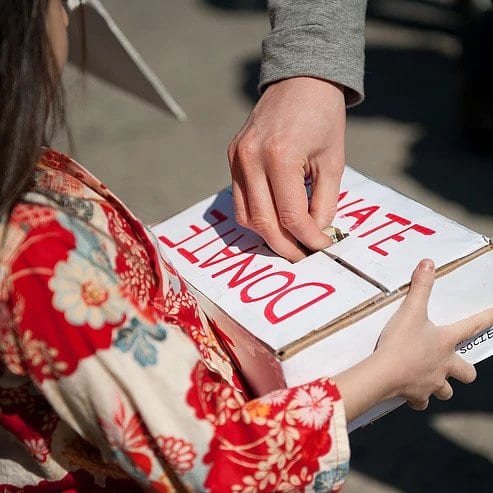A Debt Repayment Order (“DRO“), previously known as a Summary Instalment Order provides another alternative to a debtor who does not have the means to immediately repay debts, but that can show they have enough in their budget to make regular repayments.
The debtors application is made to the Official Assignee. If successful in the application, the debtor is permitted to repay debts over a period of time and to the extent that the Assignee considers practicable in the circumstances. This can be very beneficial to a debtor as it is a relatively quick and easy process to obtain an order which relieves pressure and does not incur the level of costs that are typical in other processes.
An application for a DRO can be made either by a debtor or by a creditor (with consent of the debtor). The criteria for entry requires that the debtor’s total unsecured debts do not exceed $50,000.00 and the debtor is unable to immediately pay those debts. This is read alongside part 5(4) of the No Asset Procedure (“NAP”) which requires that the debtor “does not have the means of paying any amount towards those debts”.
The Assignee has the responsibility to direct a debtor as to which procedure is more appropriate after reviewing their current circumstances.
A requirement to obtain a DRO is that the debtor will be able to make repayments in full or part over the course of the DRO. If a debtor proposes to pay a sum less than the full amount owing, they must specify the exact amount. The Assignee’s cost of the application is $100.00.
A DRO must appoint a suitable and willing person to supervise compliance by the debtor. This role is not taken lightly and failure to supervise adequately can result in termination of the supervisor’s appointment under s 348. Upon application, a debtor must inform the creditors that the application has been made to allow them 10 days to make representations to the Assignee. The decision whether to grant an order is at the discretion of the Assignee.
A successful order can remain in place for up to 3 years or 5 years if there are special circumstances surrounding the application. After a DRO is made a person cannot begin or continue proceedings relating to a debt shown in the debtors application, included in the order or notified to the supervisor.
However, if a debtor defaults on any payments, any proceedings that had been halted may continue.
The Assignee will not take control over assets, expenditure and spending when under a DRO. There is the option however to include the selling of assets in a DRO application. An example of this includes selling a vehicle that is owned that is not subject to finance and using the proceeds from the sale to pay some debts.
With a DRO certain limits are imposed on a debtor. For example, it is an offence to obtain credit of $1000.00 or more. However, a defence can be made to this if the debtor advised the person giving the credit of the order. The Assignee must maintain a public register of persons who are subject to a DRO.
The DRO can be a good option for those who are eligible before resorting to a formal (and more onerous) bankruptcy.
Brent is the Director of Norling Law. He has a wealth of experience in the District Court, High Court, Court of Appeal and Supreme Court. Brent is passionate about negotiating favourable outcomes for his clients and able to implement this in his daily negotiations.


